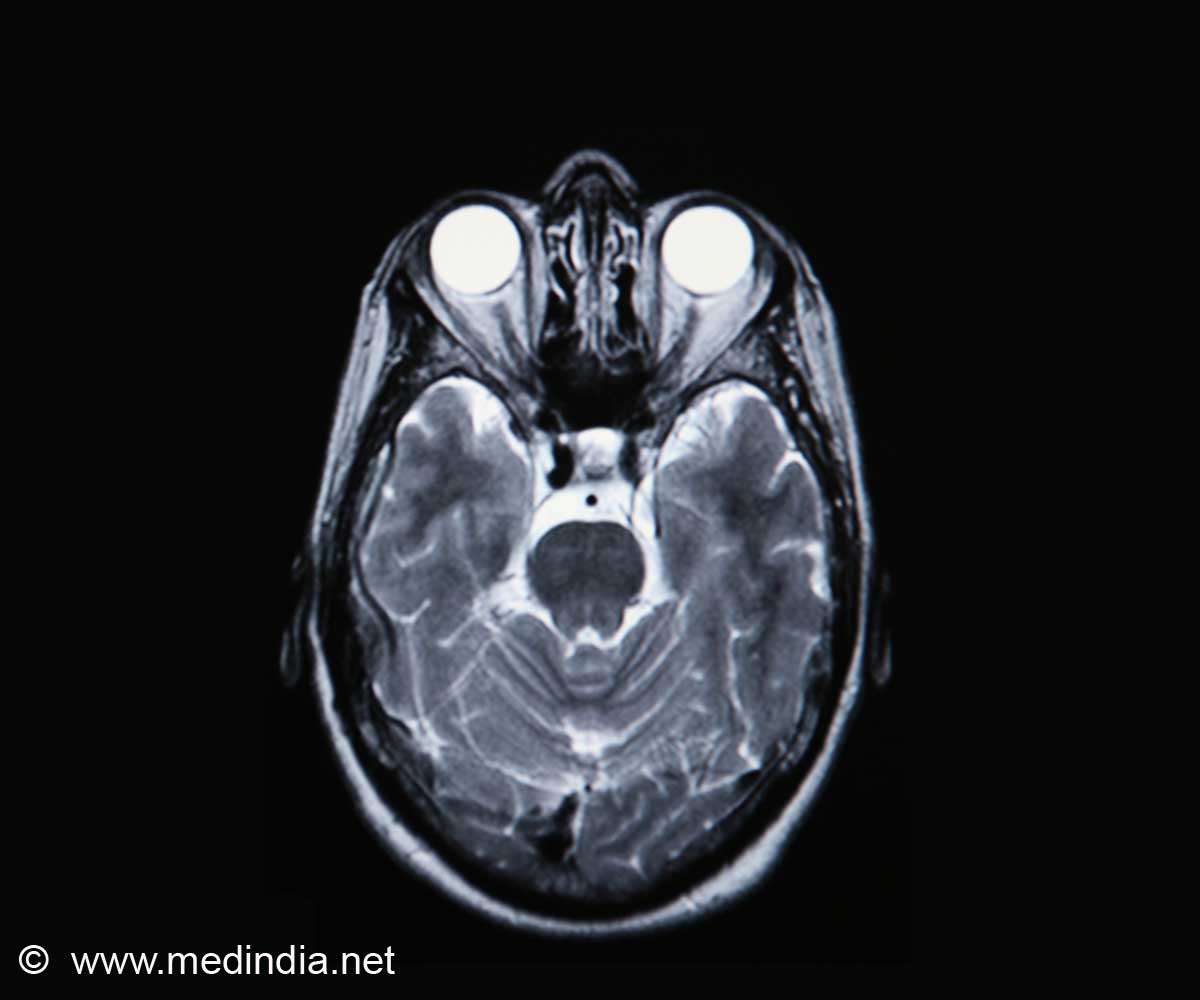Nicotine receptors play an important role in social interaction and the ability to choose between competing motivations, finds a new research.

"One of the main aims would be to understand and help people to make good decisions for themselves (and for others) and to maintain, during old age, such abilities in the social domain as well as in other aspects of our lives," said Sylvie Granon, a researcher involved in the work from the Université Paris Sud XI and CNRS UMR 8620, Centre de Neurosciences Paris-Sud, Orsay, France.
To make this discovery, Granon and colleagues introduced mice into an open space and tested their will to interact with other mice of the same sex or to explore a novel place. The respective times spent for either social contact or novelty exploration were measured and quantitatively evaluated. Researchers then removed the prefrontal cortex in otherwise normal mice, which resulted in mice with significant social deficits. Those genetically modified to lack the nicotinic receptor gene for a widespread subunit called beta2 subtype, seemed to favor social contact rather than the investigation of a novel environment. When the beta2 nicotinic receptor in the brain was re-expressed, a normal balance between social contact and novelty seeking was restored.
"This research can be summed up by saying that it’s the real-life equivalent of Chatty Cathy marrying the Marlboro Man," said Gerald Weissmann, M.D., Editor-in-Chief of the FASEB Journal. "Who could have guessed that there may be a biological explanation for ’social butterflies.’ The explanation was found in an area of the brain that for decades has been considered a locus for nicotine addiction."
Source-Eurekalert













